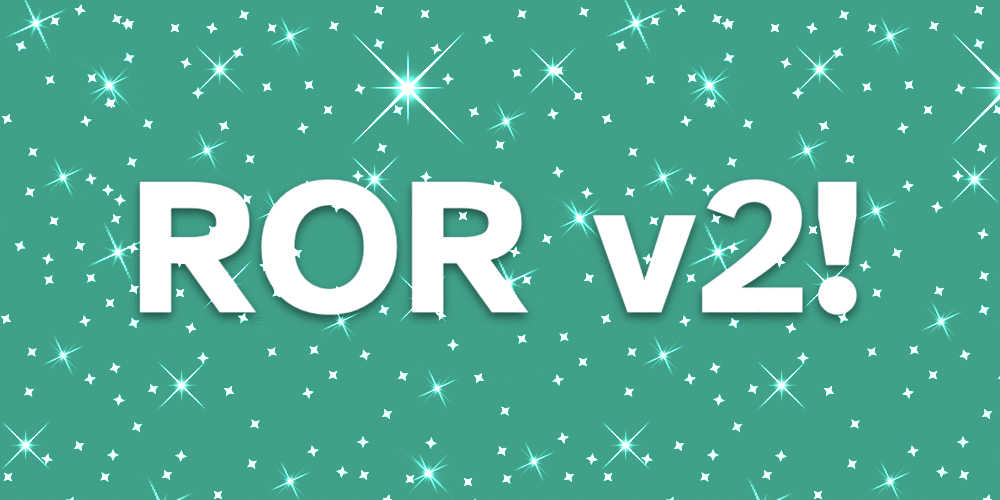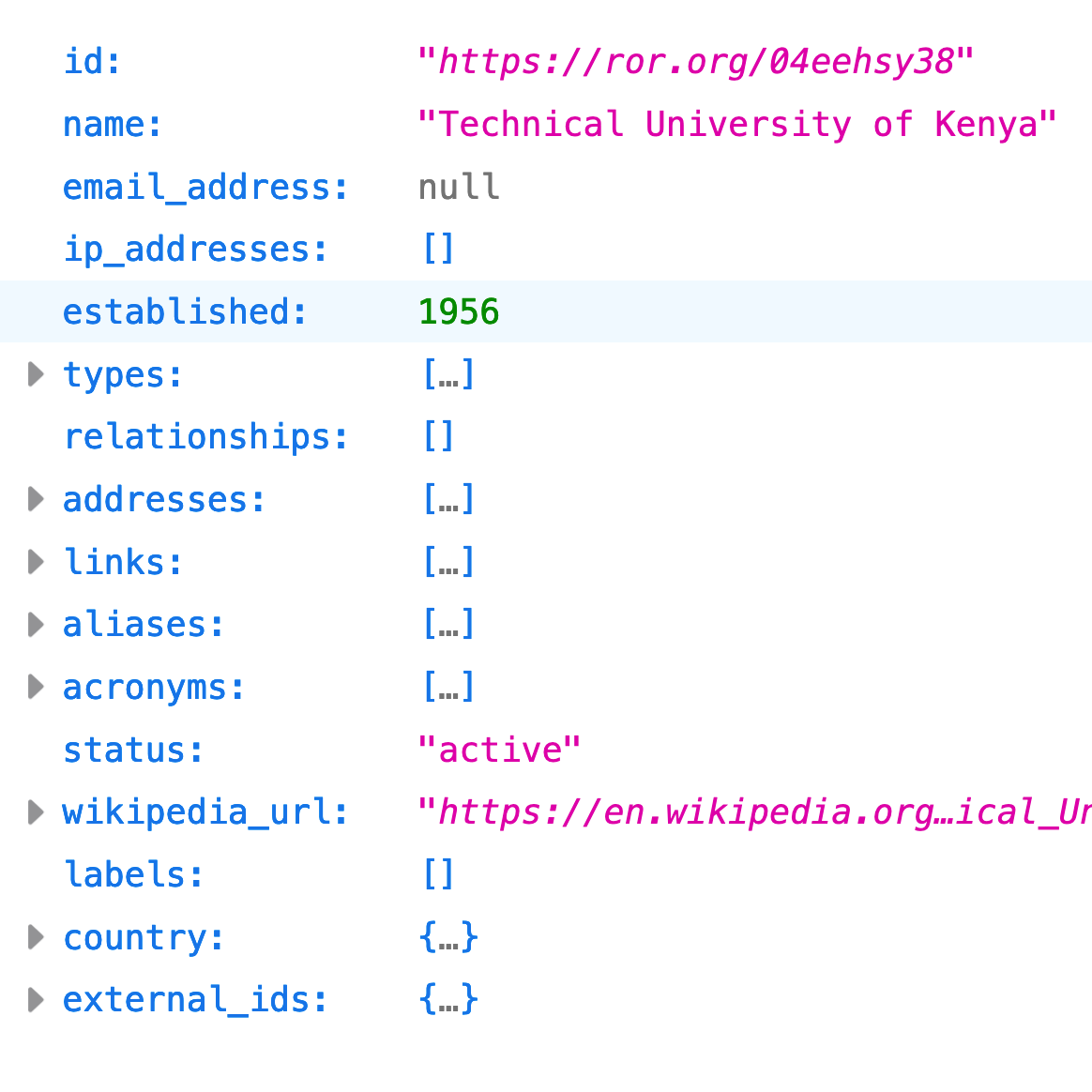Faster Affiliation Matching at Scale
OpenAlex has added a new metadata matching strategy co-developed by ROR and Crossref to its affiliation matching processes: ROR is also investigating the prospect of incorporating this new matching strategy into the ROR API in 2025.






